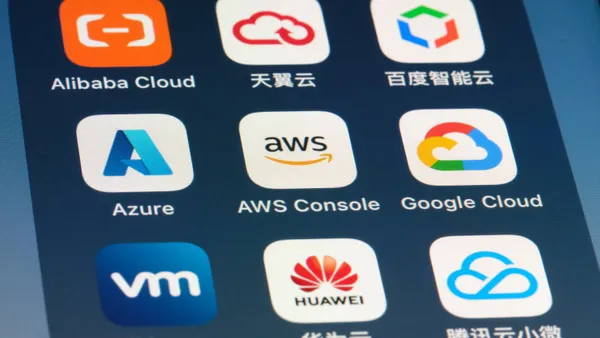Organizations expand their tech stack as technologies evolve, often amassing technical debt in the name of faster deployment or annexing new services. Shutting down systems for upgrades is rarely an option, and the can often gets kicked down the road.
"Managing technical debt is a little bit like keeping a leaky boat afloat," said Andrew Sharp, senior research analyst at Info-Tech Research Group. "Do you bail out or do you plug the holes?"
Most tech leaders agree technical debt is a scourge of IT management. Seven in 10 IT leaders say technical debt fundamentally limits their ability to innovate, according to a report from OutSystems released Tuesday, which surveyed 521 IT decision makers. Another 61% say tech debt is a drag on company performance and 64% say it will keep impacting operations in the future.
Many drivers contribute to the growing pile of technical debt most enterprises must manage. To combat the backlog, companies need technology leaders to understand technical debt as a business risk, and prioritize modernization efforts that carry the highest impact to the business and the customers.
Managing technical debt is so difficult because the issues multiply, according to Sharp. The problems compound, draining time and effort away from IT teams as they fight fires on multiple fronts instead of advancing on projects.
But companies can't stifle ongoing innovation as they're working to solve technical debt, said Roshan Navagamuwa, EVP & CIO at CVS Health, speaking at Forbes CIO Summit in April. Customers should guide the intent of modernization.
"If the consumer is the North Star now, how does that inform the next stage of buying down technical debt?" Navagamuwa said.
Drivers to technical debt
Enterprises can take on technical debt through acquisitions or mergers, but traits in their IT stack or development process can also contribute to the problem.
Executives are mainly seeing debt pile up due to a multitude of software languages and frameworks, turnover among software development teams and the need to accept known defects in order to meet deadlines, according to OutSystems data. Other contributing factors include outdated software languages or frameworks, bad infrastructure decisions or security defects from evolving threats.
To an extent, technical debt is a symptom of ongoing innovation. When companies try to do new things, "they introduce new variables constantly," said Robson Grieve, chief marketing officer at OutSystems.

"Languages, particularly in mobile and in new stack development are changing really fast, and the amount of code, and the number of tools that customers are using grows significantly," said Grieve. The sprawl of SaaS tools across the enterprise adds to the complexity.
Driven by looming deadlines, companies intentionally release software or digital products with known faults, pushing resolution to a later date.
"There's always a relentless pressure to execute," said Sharp. "That can mean that corners get cut."
IT pros are rushing to deliver results for their organizations, a trend accelerated by the pandemic. The majority says they feel immense pressure at work, as their tasks became more complex in 2020.
While technical debt is associated with older enterprises with technology spanning several decades, the problem of technical debt is not just an issue for large organizations, according to Dobson. Many startups face these real time decisions: 'do I go fast, and figure out how to fix it later?' and they embed debt along the way."
Tech debt: the perfect balance
The recipe for CIOs guiding their companies through growing IT complexity is to assess the backlog and focus on what improvements can most readily impact the business.
"Start with what you can control, fix the problems that you have some leverage to fix and prioritize those issues that have the greatest business impact," said Sharp.
The response has to do with CIOs growing influence in the business. The scope of the role has, in recent years, skewed more closely toward core operations.
Leaders approaching modernization from the right perspective will be able to deliver to customers and employees "applications that are really good for their individual scenarios," said Grieve. But that can only happen if applications are built with users and their needs in mind.














